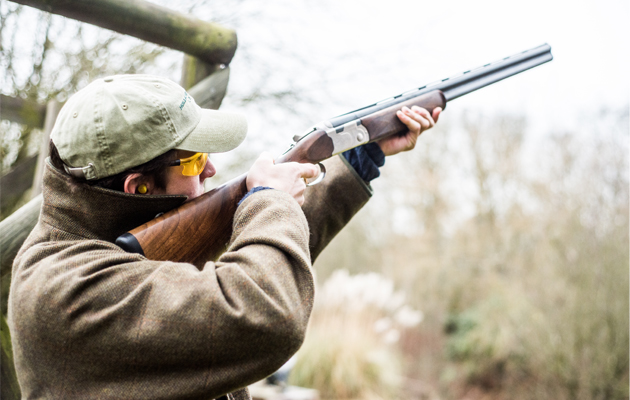18 facts about the Royal Yacht Squadron's colourful history
As the Royal Yacht Squadron celebrates its bicentenary this June, we take a look at its colourful history.

By
Ellie Hughes
published
in Features
The Isle of Wight's Royal Yacht Squadron, established 200 years ago, has a colourful history. Here, we detail 18 fascinating Royal Yacht Squadron facts.
- The Royal Yacht Squadron was established on June 1, 1815, at the Thatched House Tavern in St James’s, London W1. Originally named The Yacht Club, it comprised 42 gentlemen members, who agreed to meet twice a year to discuss their mutual interest over dinner
- At first, it was mandatory to own a vessel ‘not under 10 tons’. This was changed to ‘gentlemen actively interested in yachting’ when lightweight construction became more commonplace
- Members’ yachts are awarded the suffix RYS. In 1829, the Admiralty issued a warrant for them to fly what is now the Navy’s White Ensign rather than the merchant Red Ensign displayed by most other UK-registered vessels
- The Yacht Club became ‘Royal’ when the Prince Regent, a member, became George IV in 1820; 13 years later, it was renamed The Royal Yacht Squadron by command of William IV
- New members are proposed by existing members and then have to be voted in
- In the 1970s, the rejection of the Prime Minister, Edward Heath —a successful yachtsman—caused quite a stir and brought the club some adverse publicity
- The Queen is the current patron and The Duke of Edinburgh, the Squadron’s Admiral, continues to be an active participant
- Admiral Sir Thomas Hardy, Nelson’s captain at Trafalgar, was among the early Honorary Naval members
- The club’s present home, Cowes Castle, was built in 1539 as part of Henry VIII’s chain of coastal defences
- In 1851, the Squadron invited the New York Yacht Club (NYYC) to produce a challenge to its own fastest yacht. The NYYC’s schooner America won the race and so gave its name to the new trophy—the America’s Cup
- The first official race took place on August 10, 1826
- Only on very rare occasions do the wrought-iron gates of Cowes Castle swing open to admit outsiders
- Despite meeting all the pre-conditions, the tea merchant and unsuccessful America’s Cup contender Sir Thomas Lipton had to wait until his 80th birthday before his request was finally granted. He died two years later
- The first Commodore of the Royal Yacht Squadron, the Earl of Yarborough, was a prodigious host, who gave magnificent parties aboard his yacht Falcon and at his home on the Isle of Wight during the Regatta
- Members began publishing accounts of exploratory voyages from the mid 19th century. Lord Brassey’s Sunbeam logged 37,000 miles, but another member, Ben Boyd, was captured and eaten by natives of the Solomon Islands in 1851
- The explorer Capt Scott was a member—the St George’s Cross and crown burgee flown by his ship Terra Nova are displayed at the National Maritime Museum in Greenwich
- Members’ yachts went to the Crimea and took part in both World Wars. In the Second World War, the Squadron offered its clubhouse to the Admiralty and the castle became HMS Vectis, suffering damage in the air raids on Cowes, which was targeted for its shipbuilding industry
- French painter Raoul Dufy depicted the Royal Yacht Squadron and its races in several works during the late 1920s and early 1930s. The most famous, Regatta at Cowes, 1934, is housed in the National Gallery of Art in Washington DC, USA
Cowes Week is on August 8–15 (01983 295744; www.aamcowesweek.co.uk)

Beginner's guide to clay pigeon shooting
We outline our tips for new shots hoping to become top gun.
Sign up for the Country Life Newsletter
Exquisite houses, the beauty of Nature, and how to get the most from your life, straight to your inbox.
-
 What on earth is the person who comes up with Annabel's otherworldly facade displays on? London's most magical Christmas shop displays
What on earth is the person who comes up with Annabel's otherworldly facade displays on? London's most magical Christmas shop displaysPhotographs by Greg Funnell.
-
 What trees taught me about perfect planting — Alan Titchmarsh
What trees taught me about perfect planting — Alan TitchmarshSense and patience is key to growing healthy trees, as a certain Mr Mackenzie showed a young Alan Titchmarsh